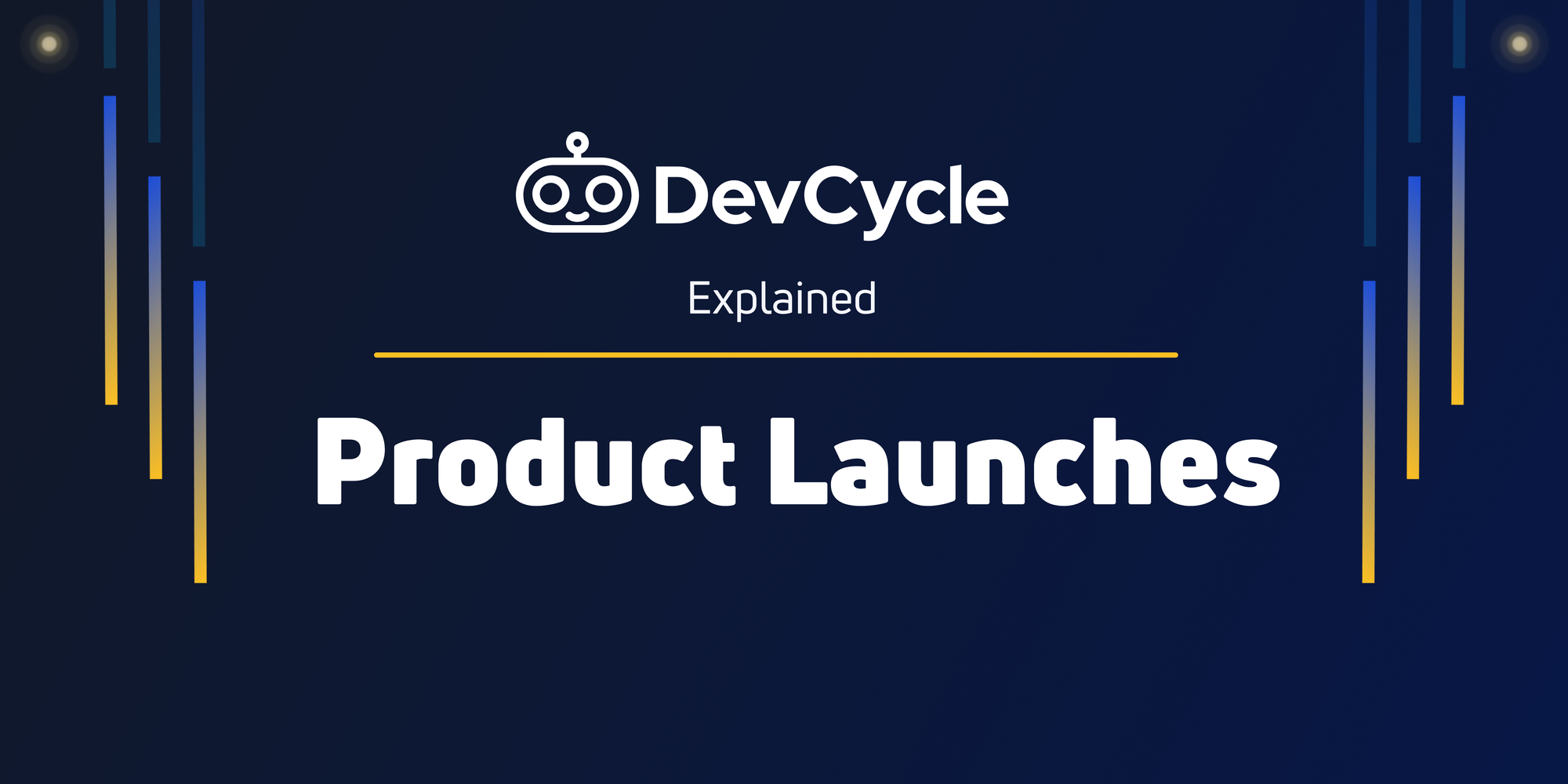Product Launches Explained

A product launch plan is a way to introduce a new product to the market so its employees, partners, and target customers know about it. If you don’t execute on a product launch effectively, customers won’t be aware of your solution, or may potentially have a bad impression of your product, and you may not hit your revenue and profitability goals.
A product launch marketing plan is important for any marketing team. It can be used to complete any marketing goal, such as increasing brand awareness, awareness of a new product, capturing customer feedback, or extending interest in existing products. Having successful product and marketing launches is critical to the success of your new product.
Why Launching It Effectively Is Important
To develop a product, companies often have to test their idea in the market and figure out when is the best time for it to be launched. For a successful product launch, a product launch marketing strategy and campaign need to promote the product and entice people into buying it. Once the product is launched successfully, the advantages for the company will become evident.
When a product marketer releases a new product, they need to generate excitement and awareness for their company. When you issue a press release and it goes live in the press, it generates attention for your company and can introduce people to your product or your company. A well-timed and well-written press release can boost your company's SEO and drive traffic back to your website. It's an important part of your launch strategy.
This attention can lead to a larger customer base and more sales for both the new product and other of your company's products. It's especially helpful if you have a relatively unknown company. The development and launch of a new product can be expensive, but if you're successful and it sells well, it'll cover those costs and generate a profit for your company.
If your newly launched product sells well or fills an unaddressed consumer need – particularly one ignored by other companies – your company can become an industry leader with a reputation for developing industry-changing products and bringing them to market.
Product Launches With Feature Flags
Feature flags make product and marketing launches far easier and allow for the best results. The use of feature flags in a product release can help you make quick changes that have a big impact. They decrease the time it takes to release a product or new feature and enable you to provide more value to your users on an ongoing basis.
Feature Flags give you the opportunity to control how new features are released, toggle functionality for different users, and release features slowly to manage the pace. Feature flags are incredibly helpful after you launch. You can use them to customize the user experience for new and experienced users, manage pay-gates, and easily kill features. They've helped many businesses manage change, minimize risk, and personalize the user experience.
Reduce Risks In The Deployment Process
Launching a new product can come with a lot of risks. You never truly know how a new feature can impact your system or how customers will react to it no matter how much market research you conduct. The good news is that feature flags can be used to mitigate the risk of launching a new product. Using feature flags, developers can use CI/CD to continuously merge new code into their main branch.
This allows for consistent updates and allows them to test in production. By employing these tactics, it gets rid of the dreaded “merge hell” which takes place when individual developers' code does not align with the code in their main trunk branch.
Feature flags are also a great way to gradually roll out a new feature at the right time through a canary release. Pre-launch, you can use feature flags to limit your risk. By offering new features to specific groups of power users or beta testers, you can test them without affecting the rest of your customer base.
Rather than showing a new feature to 100% of your audience, you can first show it to just internal users to see how it works. Once it gets approved by your internal team you can start showing it to a small percentage of your real users. If it performs well, you can continue to roll it out until 100% of users get it.
By slowly rolling it out the product team can get feedback from customers and make necessary changes if needed. Alternatively, if something does go wrong, you can use feature flags as a kill switch to instantly roll back the code. This prevents users from seeing a feature with bugs.
Have More Control Of New Release Timing
Feature flags allow you to have more control over the timing of your new releases. With feature flags, you can set up who will get a feature and at what specific launch date and time. You can show users features based on any attribute such as early adopters, device type, location, frequency of use, or any other factor you want.
From there you can set up a rollout schedule where 1 percent of your target audience will get access to the feature on day 1, 10% will gain access a week later, 50% a week after that, and so on until you reach 100% of your audience. By determining who gets your feature when it can allow for granular levels of personalization and control on your releases.

